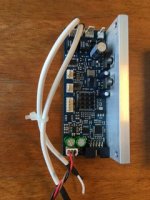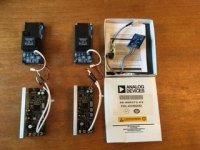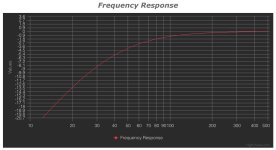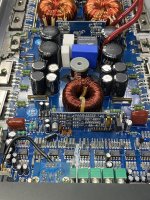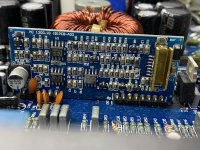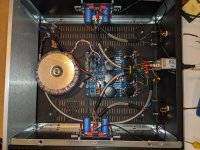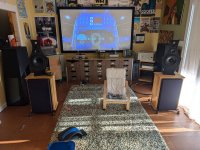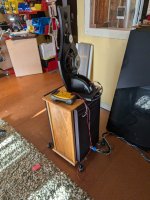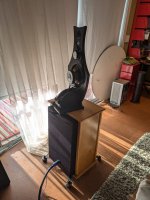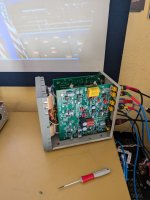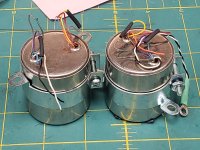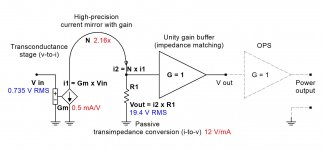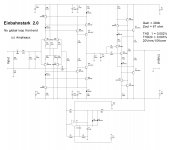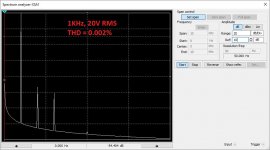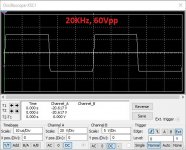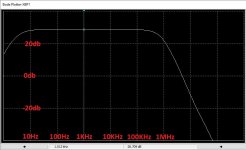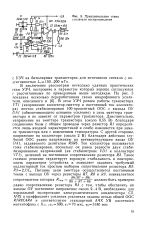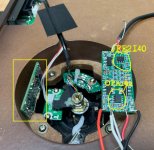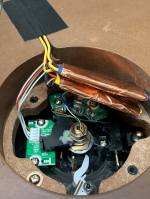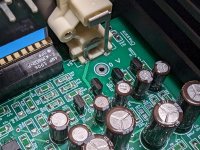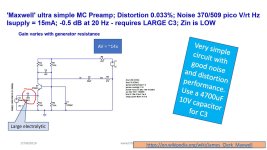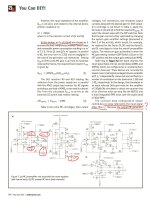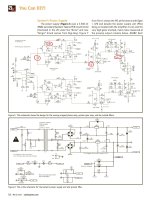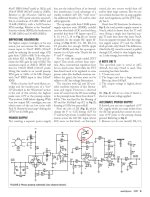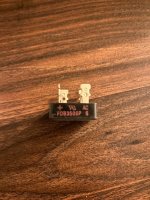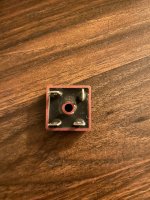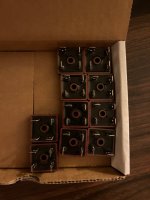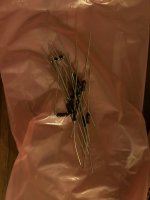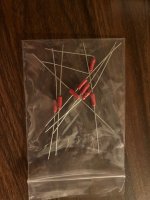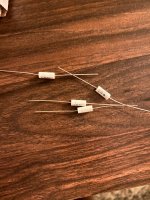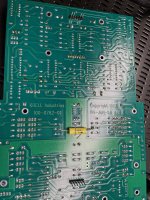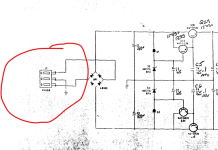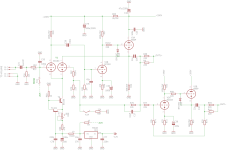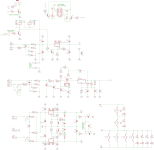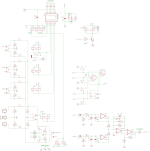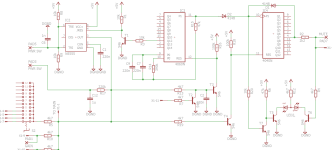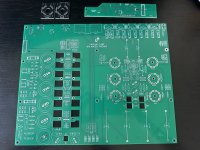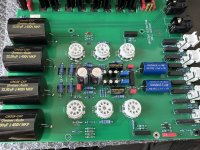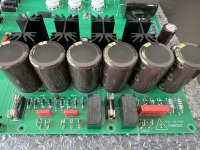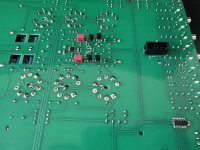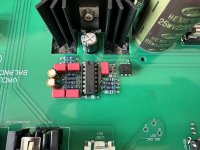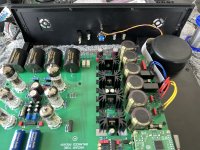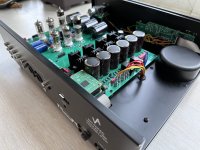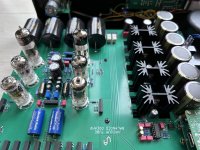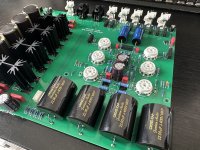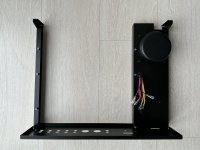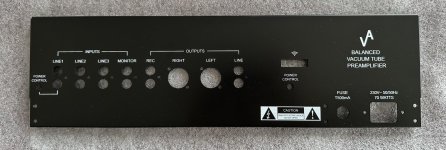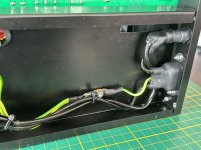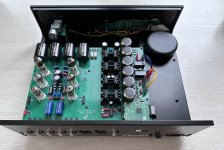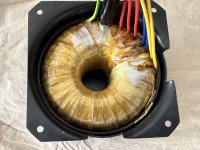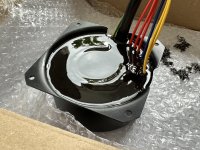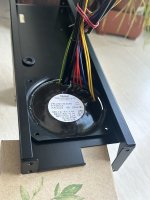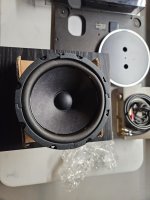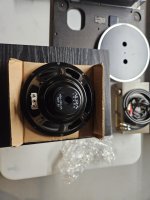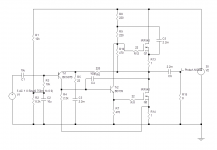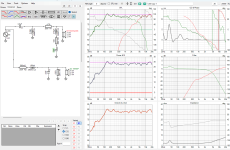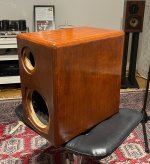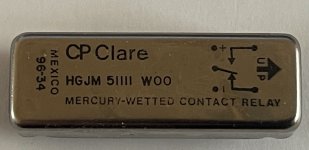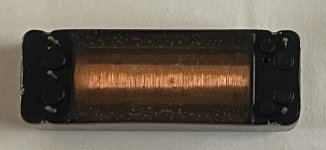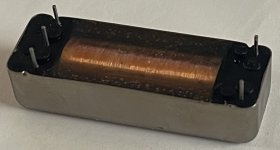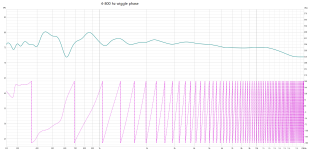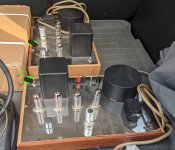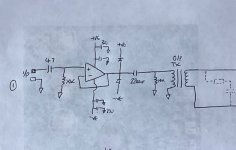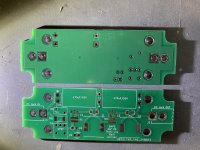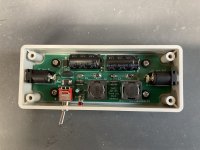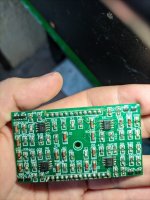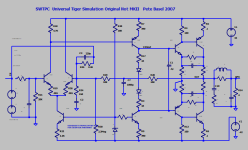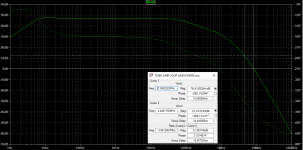The architecture of X-Altra and LP797 MM preamp lightly resembles my PBamp-86 ["Radio Yearbook-86", p. 51 - I am attaching it below], only instead of a bipolar at the input, and the rest an input with a common source, then inverting the op-amp and a common frequency-setting NFB loop from the output of the op-amp to the source of the input transistor, almost like mine. Except for the needlessly stuffed thick capacitor C90 between the input stage and the op-amp.
What's in the negative? Andrew set the LSK389 mode with a drain current of 1.5 mA, and this is 3-4 times less than the current of the optimal mode, in which such fet has the minimal noise [see p. 68 of my book "Technique of high-quality sound reproduction", 1985 , I officially distribute it here
https://www.patreon.com/posts/67628599 , and See also Fig.6-16 of JFE2140 datasheet]. We lose a few dB stupidly from scratch, and in addition, by the non-solder R80, to which R79 and R81 are also paralleled, we judge that Andrew does not suspect that the optimal input impedance can be much higher than the "standard" 47 kOhm [
https://patreon.com/posts/70415214 ].
The negative of the circuit design of the input stage is also its high sensitivity to supply voltage ripples. As the author himself notes on page 57 in the third paragraph from the bottom of the left column, PSRR is 0 dB, i.e. the power supply ripples are transmitted to the output of the input stage without attenuation! In order to prevent catastrophic deterioration of the SNR by the power supply, Andrew was forced to build a special active smoothing filter for powering the input stage on the second half of the U26 + R78 + C88 op-amp (at 1000 uF!), and for each channel its own.
I note that in Cy-XXI the two mentioned problems are practically absent due to the fact that in its architecture the first two stages are
differential. That is, the noise of the current generator T1 also of course passes to the drains (outputs) of both input transistors FET1.1 FET1.2, but they are
common-mode and therefore almost completely compensated as an input common-mode voltage by the second differential pair T2 and T3. For the same reason, interference from the supply voltage buses is also compensated. Those interested can familiarize themselves with the mathematics of processes in detail on pages 71-74 of my book
www.patreon.com/posts/67628599 or by googling CMRR, PSRR.
Finishing with X-Altra MM corrector circuitry, let's calculate the number of separating capacitors: C90 + C82 (electrolyte) + C73 + C72 + C61 (electrolyte) = 5 in total, of which 2 are electrolytic. Too many, imho.
Let's move on to MC preamplifier. MC carts are fundamentally different from MM not only by an order of magnitude lower than the nominal EMF (at one kilohertz, typically 0.4 mV versus 5 mV), but also by two orders lower coil resistance (typically 12 Ohm versus 1 kOhm) and by 4 orders lower inductance (typically 75 uH versus 0.5 H). This is actually the lowest impedance and low level audio signal source. Russell for the MC preamplifier applied the recently fashionable complementary pair topology with a common base [ if the sclerosis correctly changes me, proposed at the end of the last century by Marshall Leach,
https://leachlegacy.ece.gatech.edu/headamp/ ] on the mystery-covered "magic" bipolar transistors ZTX851/ZTX951.
The main design headache in this stage is preventing the ZTX851/951 from flowing significant input mismatch emitter current through the MC cartridge. In contrast to the huge 5000 uF input isolation electrolyte (see Moving coil headamps rev.2, Maxwell version, [
https://hifisonix.com/technical/mc-head-amp-circuit-compendium/ ] ), the floating supply from a 1.5-volt battery (Hawking and Planck) or the unthinkable selection of transistors with a base-emitter voltage difference of no more than 1 mV (Weinberg), Russell originally applied a DC servo on the OpAmp U1, approximately the same as in my Cy-XXI from version 4 and higher. Those, through the resistor R1 monitors the DC at the input and feeds it to the integrator comparator U1, from the output of which through R35R36 controls the base bias Q1Q2 so that the DC input is zero with an error of no more than zero bias voltage U1 OpAmp OPA2188, i.e. +-6 uV. For reference, I used OPA192 in DC servo, which has a +-5 uV offset, but it is better than OPA2188 in the sense that it is made using silent eTrim technology, unlike the 2188 chopper (interrupter), whose modulator / demodulator buzzes at several tens or hundreds of kilohertz, adding sticks to the input currents of the op-amp.
It’s clear with DCservo, but what else is done in Russell’s circuit for a pair of op-amps U3, U4 in each channel? And these are active smoothing filters for the collector circuits of these same ZTX851 / ZTX951. And with a bunch of thick electrolytes C17C18C9C10. And in addition, another 2x1000 microfarads in the separating conduits C11, C16. After all, this circuit is just as helpless against power ripples as the MM part of the Russell corrector, PSRR = 0 dB (second from the bottom paragraph of the left column on page 65 of AXpress February 2021). In terms of the number and capacity of electrolytes, this micropower MC preamplifier with a linear frequency response and a gain of 20 dB bypasses the 100-watt PowAmp on the TDA7294, such a construction is so big that makes it imposisble moutning neither inside tonearm nor even inside turntable.
But for the sake of fairness, we must admit that the scheme of his MC-preamplifier is interesting, because before him no one used DCservo @
input.
But in fairness, it should be noted that the circuitry of the Cy-XXI phonopreamp, with much less complexity and simply drastically smaller dimensions 20х45х3 мм [
https://www.patreon.com/posts/insaidnyi-ot-vip-72574505 ], provides a level 553 nV/root Hz or 75 nV at 20 kHz or 74 dBA with respect to the standard 0.4 mV for a 12 Ohms head. Those almost the same noise as the trendy ZTX851/ZTX951 pair, but without the problems with thick electrolytes and power distillation and easily and trouble-free mounted in the optimal place - in the basement of the conclusions directly to the tonearm inside the turntable.
By the way, the author Dennis Colin, mentioned by Andrew Russell, from whom Andrew borrowed the architecture of the MM phonopreamp, formed his MC phono from the MM phono in the same way that I formed the Su-XXI_v.8_MС from v.7_MM: he simply added 20 dB amplification, and did not bathe with any additional preamps. As a prooflink, see the article by D. Colin from AudioXpress 2007, where on page 3 and Figure 2 you will find that trivial S1A, which is equivalent to replacing the 180 Ohm resistor in the Su-XXI_v.7_MM circuit with an 18 Ohm resistor in Su -XXI_v.8_MC. In conclusion, on page 2 of his article, note how much hassle was with the suppression of excitations of the op-amp. And add that Cy-XXI has 5 times less than "LP 797 Ultra-Low Distortion Phono Preamp". Can someone tell me how to call 5 times smaller than "ultra-small" ?
🙂
Conclusions. Vivat phonocore Cy-XXI
🙂) , no noise, no excitations, no distortion and no electrolytes, right?
🙂
Regards, Nick Sukhov
PS.
More detailed and illustrated info is here:
https://www.patreon.com/posts/pros-and-cons-mm-87586740
https://www.patreon.com/posts/skhema-gerbery-i-86997687
I remind you that in my phonopreamp it is exclusive in relation to the vast majority of others:
-minimum input capacitance 13...25 pF (depending on the version) with an input resistance of 150
kOhm; thanks to this, budget MM heads sound subjectively like top-end MCs.
-the original T-circuit of the frequency-setting negative feedback through R12C4 forms the time
constant tau4 ("7950 us" Amendment No. 4 to 'Processed Disk Records and Reproducing Equipment'
IEC 60098), and R10C3 provides aperiodic RF correction (a kind of "Neumann pole" compensator
"). Due to this, infrasonic interference is effectively suppressed, and the transparency of highfrequency
sounds is also ensured.
For reference: tau1 = 75 us is formed by the R9C3 chain, tau 2 = 318 us - by the R9R12C5 chain, tau3 =
3180 us - by the R11C5 chain.
-active current generator T1, coupled with the first FET1.1 FET1.2 and the second T2 T3 differential
stages provide good noise suppression from the power rails, preventing the need for overthorough
distillation.
-the second differential stage T2 T3 suppresses the fluctuation noise of the current generator T1 as a common mode
signal, minimizing the noise of the input stage.
-along the entire path of the sound signal, there are no electrolytic and generally separating capacitors at all.
-connection of the general feedback circuit to the output stage with a large output impedance ensures the constant
loop gain over the entire audio frequency range and thereby maximizes the overload capacity and minimizes the nonlinear
distortions as in the LF as well as on HF.
The numbering of the elements is according to the Cy-XXI_v.7 circuit and PCB gerbers for MM, from here: [
https://www.patreon.com/posts/skhema-gerbery-i-86997687 ]
